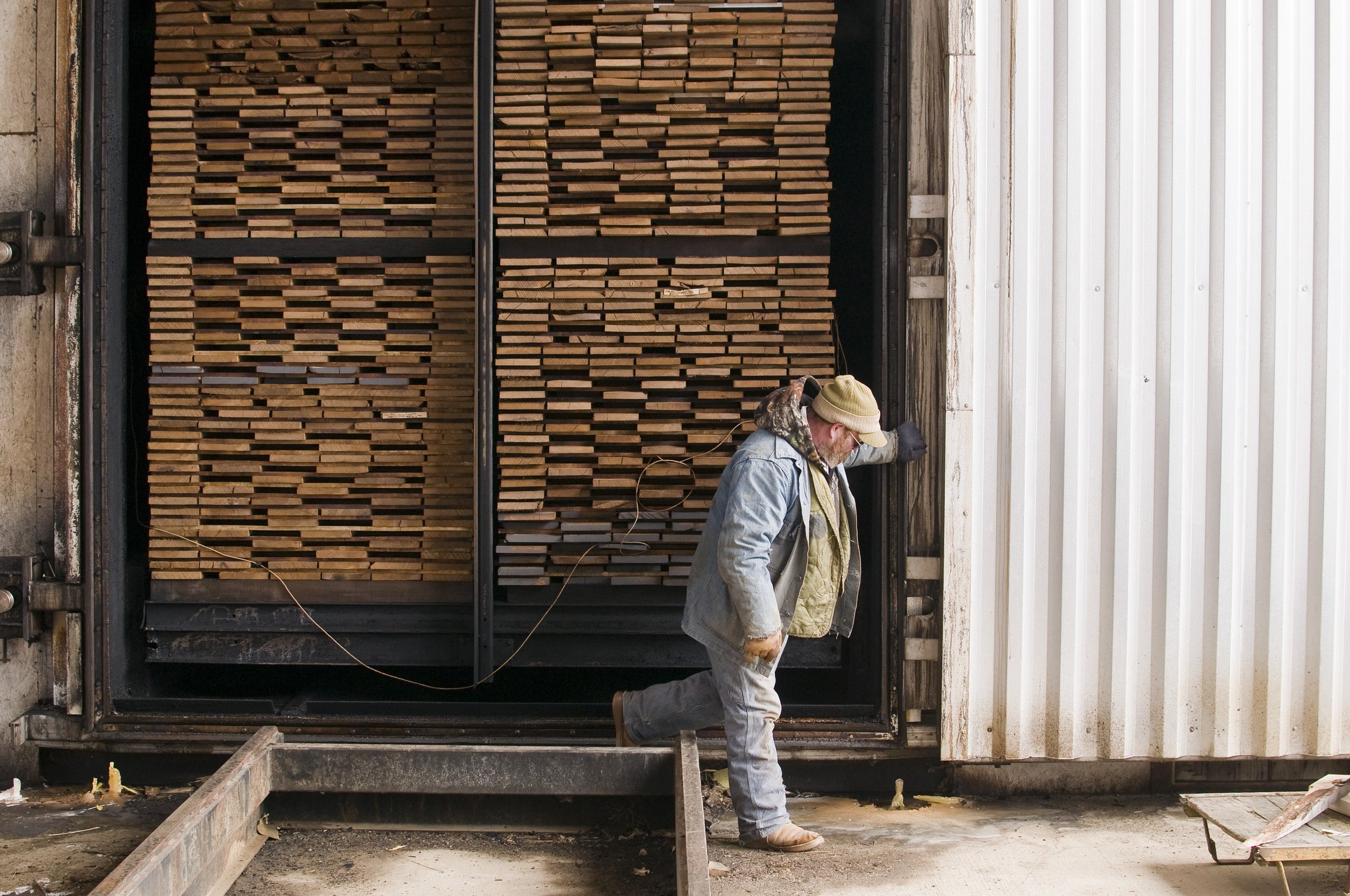What Is Thermally Modified Wood?
Throughout history people have relied on wood as the primary building material across the globe. Although an abundant and versatile resource, no wood will last forever which is why people have developed modification processes to increase the stability and performance of wood, especially in exterior applications. Though there are a variety of modification techniques, we will focus on Thermal Modification.
ORIGINS OF THERMALLY MODIFIED WOOD
Thermal modification was first scientifically documented in 1915 by Harry Tiemann, a kiln specialist at the Forest Products Laboratory in Madison Wisconsin, who heated air-dry wood in superheated steam at 150 °C, finding a reduction in hygroscopicity of the modified timber. It wasn’t until later in the 19th Century that the technology gained popularity, with the most significant advancements coming in the 1990’s led by VTT Technical Research Center of Finland, the process was meant to bring value add to the Scandinavian country’s largest resource. Although thermal modification can be seen as a modern advancement, there is evidence of the preservation of wood using heat by older civilizations including the Japanese process of timber charring, known as Shou Sugi Ban, and the Vikings, who would char the surface of their ships to increase their performance at sea.
THERMAL MODIFICATION PROCESS
Arbor Wood is thermally modified wood produced in a specialized, 3-phase kiln chemical free process using only heat and steam. An initial gradual increase in temperature reduces the equilibrium moisture content (EMC) of the wood. Phase 2 sees a rapid spike in temperature and is where the magic really happens. The cellular composition of the wood is altered in this high-heat, oxygen-deprived environment which converts the natural acids and sugars so as to no longer be a food source for mold, rot or fungal decay. This change also renders the wood ‘hydrophobic’, meaning it loses much of the natural tendency to absorb water going forward. As a natural byproduct of the process the wood takes on a richer, dark tone throughout giving it a look similar to that of exotic species. The 3rd and final phase introduces steam to cool the wood down and bring the EMC back up to a suitable level. Take a closer look at our process here.
“Thermal modification is one of the most natural, chemical-free ways to extend the life of wood products.”
BENEFITS OF THERMALLY MODIFIED WOOD
Thermal modification enhances the overall stability and performance of the wood by reducing the overall moisture content by up to 60%. By altering the cellular structure of the wood we see the following benefits:
-
The risk of fungal attack is greatly reduced because thermally modified wood no longer contains sufficient nutrients for mold and insects.
-
DescriptionThermally modified wood is less susceptible to cupping and warping with changes in relative humidity and weather. The boards are straight, true, and ready to use. text goes here
-
Thermally modified wood will have darker through-color tones. Color will vary with cook temperatures and species. Like standard wood, thermally modified wood, if left untreated, will turn a weathered gray color over time.
APPLICATIONS OF THERMALLY MODIFIED WOOD
Thermally modified wood is suitable for both interior and exterior applications as siding, rain screen, facade, decking, trim & millwork, furniture, instruments and more. The increased performance and stability of the wood has made it a popular choice among architects, designers, contractors and fine craftsmen. The color change and performance goes through the entirety of the board, meaning it can be cut, ripped, planed, sanded and worked the same as normal wood. Thermal modification works with both hardwood and softwood species, here at Arbor Wood we are modifying American White Ash and Southern Yellow Pine as our hardwood and softwood. We also have a number of new species undergoing testing to prove their viability as thermally modified wood.





